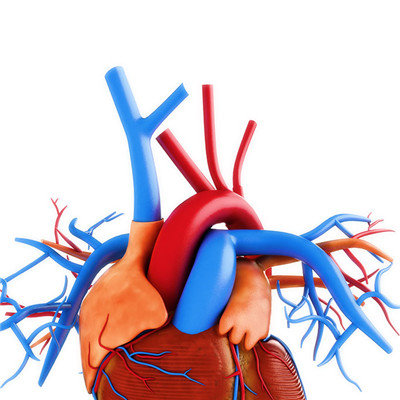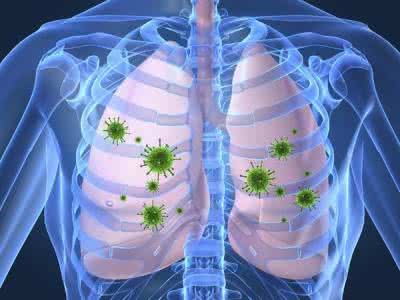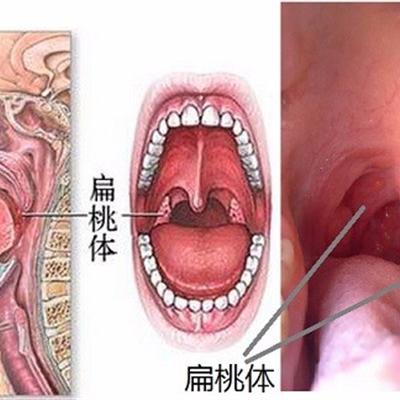How is infective endocarditis caused?
summary
Infective endocarditis (ie) refers to the inflammation of heart valve or ventricular wall intima caused by direct infection of bacteria, fungi and other microorganisms (such as virus, Rickettsia, chlamydia, spirochete, etc.), which is different from non infective endocarditis caused by rheumatic fever, rheumatoid, systemic lupus erythematosus, etc. How is infective endocarditis caused? Let's talk about it
How is infective endocarditis caused?
Acute infective endocarditis usually occurs in normal heart. Pathogens are usually highly virulent bacteria, such as Staphylococcus aureus or fungi. Onset is often sudden, accompanied by high fever, chills, systemic toxemia symptoms obvious, often a part of severe systemic infection, the course of disease is more sudden and dangerous, easy to cover up the clinical symptoms of acute infective endocarditis.

Subacute infective endocarditis most of the onset is slow, with general discomfort, fatigue, low fever and weight loss and other non-specific symptoms. A small number of patients developed in the form of complications, such as embolism, unexplained stroke, aggravation of heart valve disease, intractable heart failure, glomerulonephritis and heart valve murmur after operation.

Fever is the most common symptom of endocarditis. Almost all of the patients had different degrees of fever, irregular heat type, long heat course, individual patients had no fever. In addition, patients with fatigue, night sweats, loss of appetite, weight loss, joint pain, pale skin and other manifestations, the disease progressed slowly.

matters needing attention
The application of antibiotics is the most important measure in the treatment of endocarditis. The selection of antibiotics should be based on the results of pathogen culture or the sensitivity to antibiotics. The course of treatment should be long enough to cure, generally 4-6 weeks.










